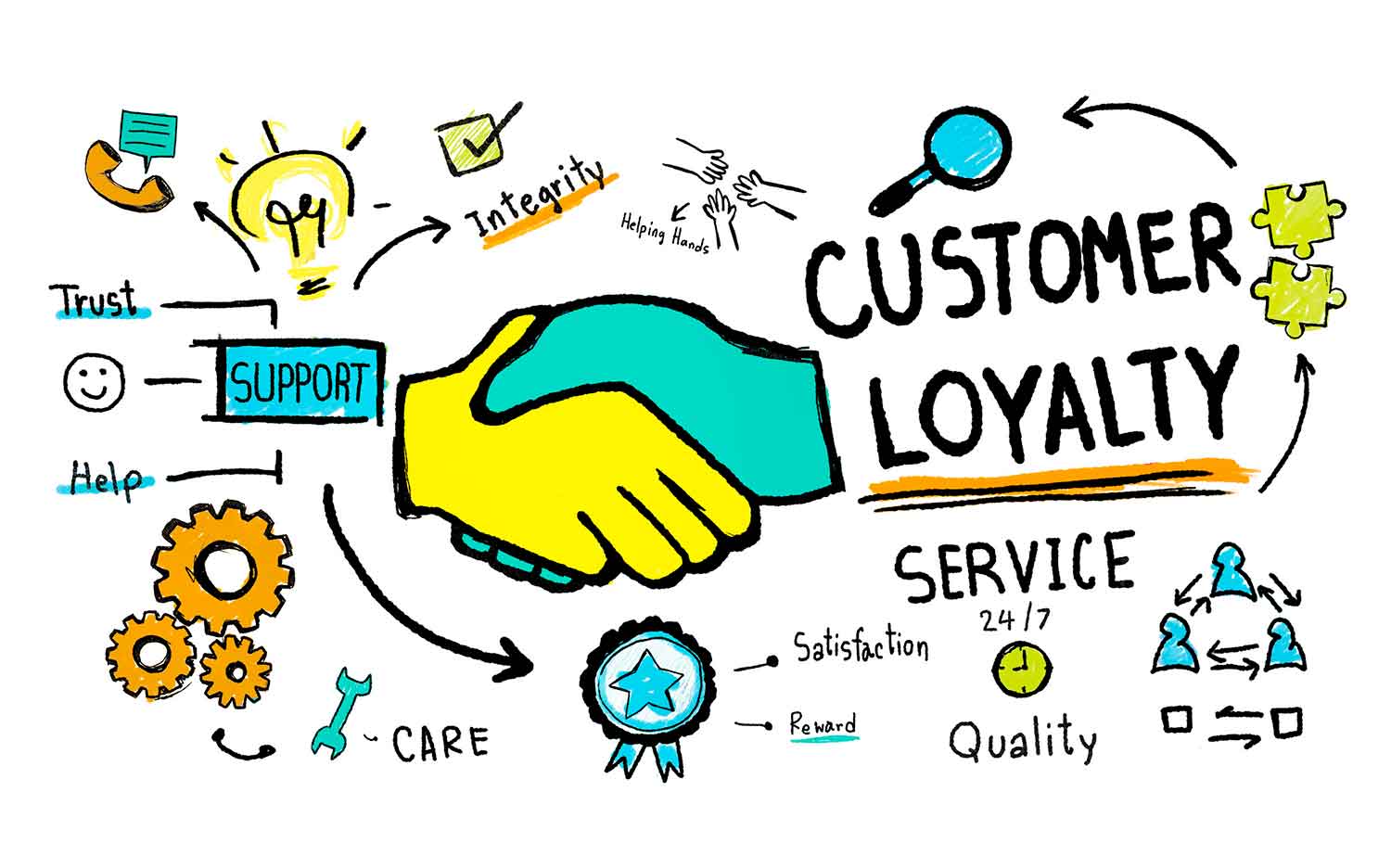Ask Andi: My manager received customer feedback from an irate customer. I think the customer is in the wrong – just blowing off steam. How do we deal with an angry customer?
Thoughts of the Day: Use customer feedback as a learning opportunity. Whether your company is right or wrong, this customer just did you a favor. Diffuse tension across channels. At first, give them the floor. In other words, listen and learn. Consider their reasons. Restate what they told you. Decide who on your team is accountable for the loss. Make them become part of the solution.
Learn from customer feedback
Every lost customer is an opportunity to learn more about how your company handles itself. Consider this a wake-up call. Even if you can’t get this customer back, you can try to figure out who’s likely to leave next, and what to about it.
With this customer feedback, the door to communicating is open. Seize the opportunity. Write back, and follow it up with a phone call. Minimize damage from this loss as you learn what to do to ensure future customers stick with your company.
Let the customer know you appreciate the feedback. Say that it’s not the policy of the company to frustrate customers and that you want to learn more about what happened. Even if the customer is in the wrong, find out why there’s a mismatch between customer expectations and your company’s ability to deliver.
Ask questions, listen, learn
As Bill Gates once said, “Your most unhappy customers are your greatest source of learning.” Get to the bottom of the disconnect. Check out all notes on previous transactions. Dig deeper to resolve the issue and learn from it.
- Should your company have taken on this customer, to begin with?
- Did the relationship shift from good to bad, and if so, what caused the shift?
- Did this customer need something that your company couldn’t supply, but could supply in the future, and how could your company make money doing so?
- What would it cost to get the customer back, how long would they stick around, how much would they buy, at what profit? Is it worth trying to get them back?
Perhaps your employees didn’t understand how to take care of the customer. Or, they could have thought the customer feedback was unreasonable. So they acted to protect the company. Whatever the reason, make sure employees understand the cost of the loss. Make sure they become part of the solution for making it up.
Transform anger into loyalty
When sales are charged with getting customers, focus operations one with keeping or replacing lost customers. Or a revolving door can open up. Work comes in the front door and quickly goes out the back door. Sales costs increase as word gets around that your company has problems keeping customers. The opportunity to disperse the cost of sales across multiple orders is lost as customers pack it in.
Instead, put performance review measures in place. Make operations take the hit for lost customers. Have a hand-off process between sales and operations when new customers come on board. Once operations accept the customer, it’s their baby to keep.
Consider if there’s a need for training. Ensure operations make the connection that customers pay for their jobs to exist. When there’s a problem, do they have the skills to communicate effectively? Can they conduct diagnostics and create alternate solutions?
Make operations responsible for the solution. Avoid head butting. Get accurate feedback. You may want someone outside of operations to do direct research with the customer Turn back to operations with feedback and ask how they’re going to make up for the loss. What can they do to expand to other customers? Do they need to cut back personnel to preserve operating margin?




